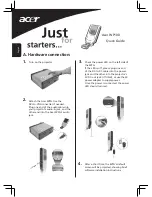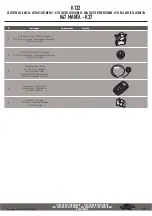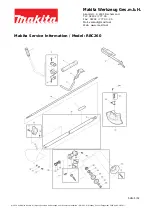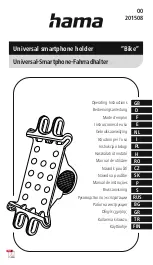
Order No. 2104 ..
"Cycle time of the switching command value..." in the parameter branch "Room temperature
control –> command value and status output") is a gauge for the averaged valve position of the
control valve and thus a reference for the set room temperature.
A shift of the mean value, and thus a change in the heating capacity, can be obtained by
changing the duty factor of the switch-on and switch-off pulses of the command value signal.
The duty factor will be adapted by the regulator only at the end of a time period, depending on
the variable calculated. This applies to any change of the command value, regardless of what
the ratio is by which the command value changes (the "Automatic transmission on change by…"
and "Cycle time for automatic transmission..." parameters will have no function in this case).
Each command value calculated last during an active time period will be converted. Even after
you have changed the setpoint temperature, for example, by switching over the operating mode,
the command value will still be adapted after the end of an active cycle time. The diagram below
shows the command value switching signal output according to the internally calculated
command value (first of all, a command value of 30 %, then of 50 %, with the command value
output not being inverted).
Figure 19: Switching PI control
For a command value of 0 % (permanently off) or of 100 % (permanently on), a command value
telegram corresponding to the command value ("0" or "1") will always be sent after a cycle time
has elapsed.
For switching PI control, the controller will always use continuous command values for internal
calculation. Such continuous values can additionally be sent to the bus via a separate
1-byte value object, for example, as status information for visualisation purposes (if necessary,
also separately for the additional levels). The status value objects will be updated at the same
time as the command value is output and will only take place after the configured cycle time has
elapsed. The parameters "automatic transmission on change by..." and "Cycle time for
automatic transmission..." parameters will have no function in this case. An additional heating or
cooling level as switching PI control works in the same way as the PI control of the basic stage,
with the exception that the setpoint will shift, taking account of the configured level width. All
PWM control options will use the same cycle time.
Cycle time:
The pulse-width-modulated command values are mainly used for activating electrothermal
drives (ETD). In this connection, the room temperature controller sends the switching command
value telegrams to a switch actuator equipped with semiconductor switching elements to which
the drives are connected (e.g. heating actuator or room actuator). By setting the cycle time of
the PWM signal on the controller, you can adapt the feedback control to the drives used. The
cycle time sets the switching frequency of the PWM signal and allows adaptation to the
adjusting cycle times of the actuators used (the adjusting time it takes the drive to bring the
valve from its completely closed to its completely opened position). In addition to the adjusting
cycle time, take account of the dead time (the time in which the actuators do not show any
Page 69 of 171
Software "KNX CO2 sensor"
Functional description
















































